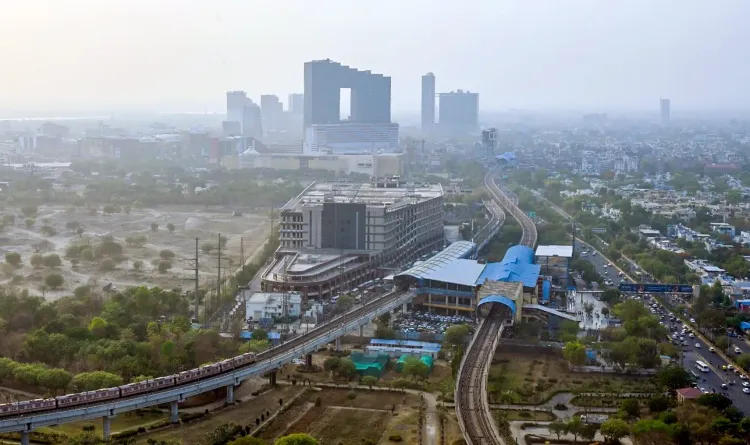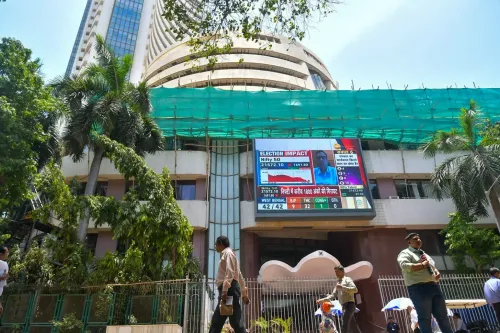Will India's Emerging Diversified Construction Firms See a Revenue Growth of 9-11% This Fiscal?

Synopsis
Key Takeaways
- Projected revenue growth of 9–11 percent for the fiscal year.
- Diverse order books contribute to steady growth.
- Government initiatives are supporting infrastructure development.
- Profitability may remain flat due to intensifying competition.
- Strong project pipelines help companies expand operations.
New Delhi, June 3 (NationPress) The upcoming diversified construction firms in India are projected to experience consistent growth this fiscal year, with anticipated revenue increases of 9–11 percent, according to a recent report released on Tuesday.
This growth follows a robust performance over the past five years, where these firms achieved an average annual revenue increase of approximately 15 percent, based on data gathered by Crisil Ratings.
Rahul Guha, Senior Director at Crisil Ratings, highlighted that the government's emphasis on infrastructure development and enhanced access to financing are key factors driving the sector's growth.
“A diverse order book should allow these firms to achieve another year of consistent revenue growth,” he remarked.
Nevertheless, profitability is projected to remain flat year-over-year due to escalating competition within the industry, Guha added.
Himank Sharma, Director at Crisil Ratings, pointed out that while these firms are investing in equipment and facing increased working capital requirements, their financial health and credit standings remain robust.
The sector's growth is fueled by a strong pipeline of projects and the punctual execution of orders, allowing companies to establish a reliable track record and expand their operations.
An evaluation of approximately 200 such firms, which collectively generated around Rs 1 lakh crore last fiscal year—roughly 10 percent of India's total infrastructure expenditure—demonstrates that the sector is on a stable path.
The order books of these companies are solid, with a backlog roughly double their anticipated revenues for fiscal 2025.
These orders span multiple sectors, including civil construction and urban infrastructure (40 percent), roads (34 percent), railways (12 percent), and water projects (10 percent).
This diversification is critical in reducing reliance on any single sector, particularly as the awarding of new road projects has slowed, as noted in the report.
In the roads sector, firms have bolstered their presence in both engineering, procurement and construction (EPC) and hybrid annuity model (HAM) projects over the past two years.
Simultaneously, increased government investment in railways, buildings, and urban development projects has created new growth opportunities and aided in balancing their project portfolios.









